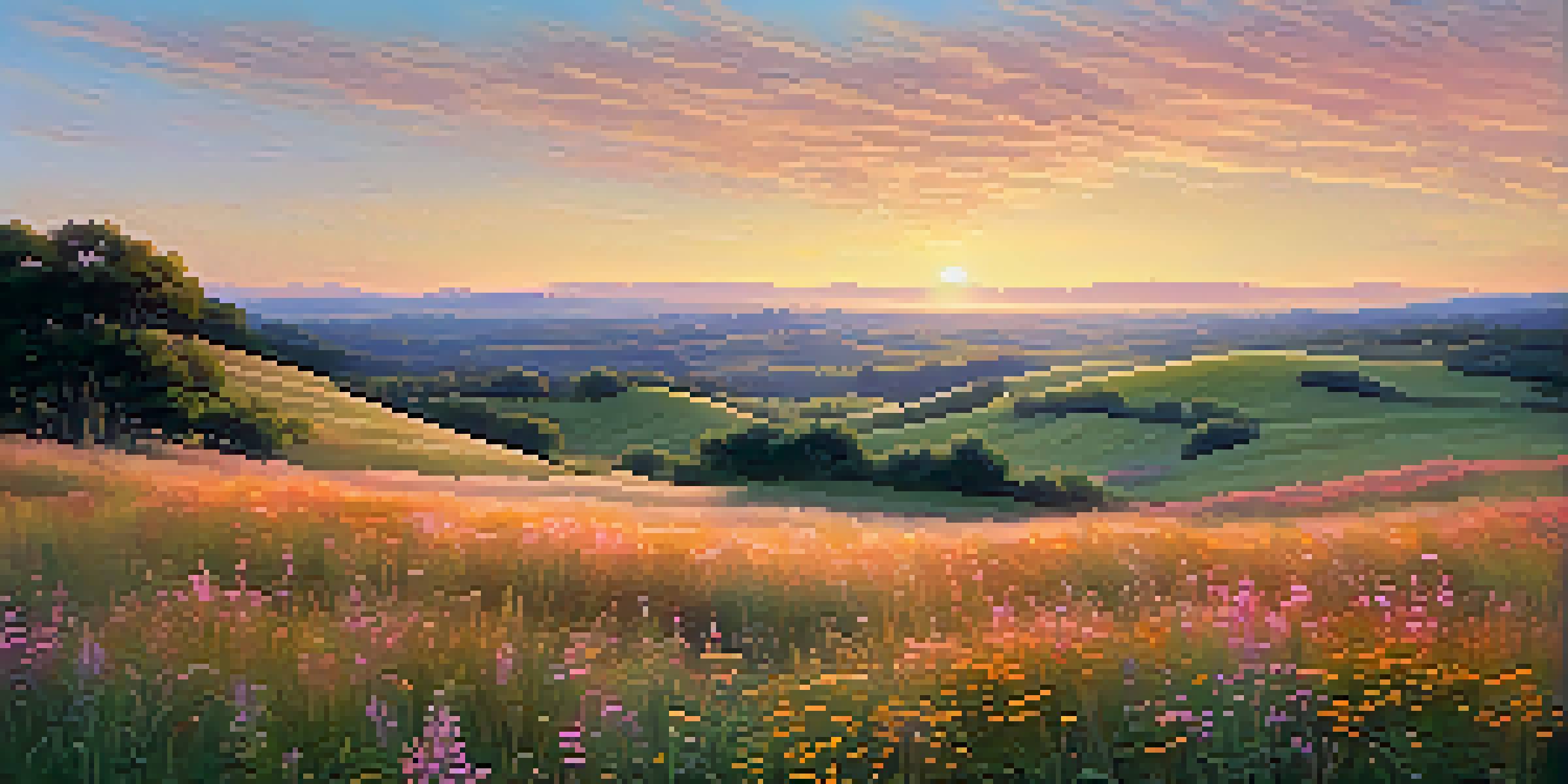The Impact of Lighting on Digital Photography Editing

Understanding the Role of Lighting in Photography
Lighting is a fundamental aspect of photography that can dramatically influence the mood and quality of an image. Whether you’re capturing a sunset or a portrait, the type and direction of light can change everything. Good photographers know that lighting sets the stage for their subjects, creating depth and dimension. Without understanding lighting, even the best camera equipment cannot save a poorly lit photograph.
How Natural Light Affects Editing Decisions
Natural light, like sunlight, is often the favorite of photographers due to its dynamic qualities. The golden hour, just after sunrise or before sunset, provides soft, warm tones that can enhance photos significantly. However, natural light can be unpredictable, leading to challenges in editing. Photographers must adjust their editing techniques based on the time of day and weather conditions to achieve the desired look.
Lighting Shapes Image Quality
The type and direction of lighting can dramatically influence the mood and quality of a photograph.
Artificial Lighting: Pros and Cons for Editing
Artificial lighting, such as studio lights or flash, allows for more control over how a subject is lit. This type of lighting can help eliminate shadows and create a consistent look across different shots. However, it can also introduce harsh contrasts or unnatural color casts that require careful editing. Understanding how to manipulate these effects in post-production is essential for achieving professional-quality images.
The Influence of Light Temperature on Color Balance
Light temperature refers to the warmth or coolness of light, measured in Kelvin. Different light sources emit different temperatures, affecting the overall color balance of an image. For instance, incandescent bulbs produce warm light, while daylight is cooler. Understanding these differences helps photographers adjust their white balance settings during editing, ensuring colors appear natural and true to life.
Natural vs. Artificial Lighting
Natural light offers dynamic qualities, while artificial lighting provides more control, each requiring different editing techniques.
Shadows and Highlights: A Balancing Act
Shadows and highlights are crucial elements that define the texture and depth of a photograph. Properly managing these areas during editing can either enhance or detract from the overall image quality. For example, too much shadow can obscure details, while blown-out highlights can lose essential information. Using editing software to balance these elements allows photographers to create a more visually appealing final product.
Lighting Effects: Adding Creativity in Editing
Creative lighting effects, like lens flares or bokeh, can add a magical touch to photographs. These effects can be achieved in-camera or enhanced during the editing process. By adjusting light sources or adding overlays in editing software, photographers can create unique, eye-catching images. This creative use of lighting can elevate a standard photo into a stunning work of art.
Editing Techniques for Lighting
Effective editing techniques can compensate for poor lighting, enhancing exposure and clarity for better image presentation.
Editing Techniques to Compensate for Poor Lighting
Sometimes, despite best efforts, lighting conditions can still result in less-than-ideal photos. In such cases, specific editing techniques can help salvage the image. Adjusting exposure, contrast, and brightness can make a huge difference in revealing hidden details. Additionally, using tools like noise reduction can enhance clarity in images shot in low light, making them more presentable.
Conclusion: Mastering Lighting for Better Edits
In conclusion, understanding the impact of lighting on digital photography is crucial for effective editing. Good lighting not only enhances the aesthetic appeal of an image but also simplifies the editing process. By mastering both natural and artificial lighting, photographers can create images that require minimal adjustments. Ultimately, a solid grasp of lighting translates into more striking, professional-looking photographs.